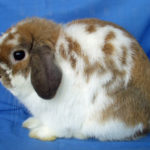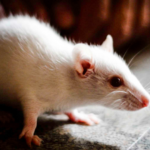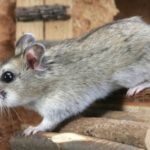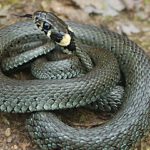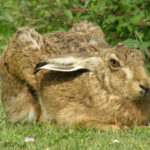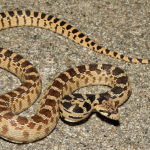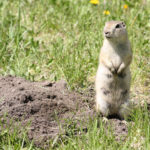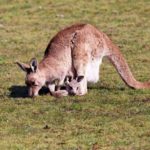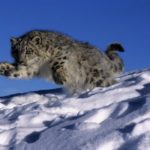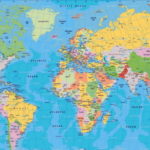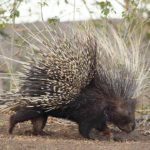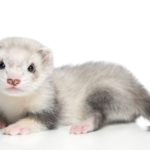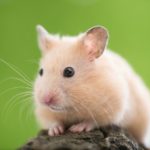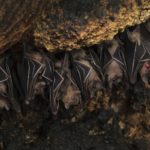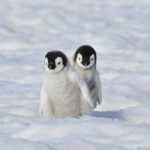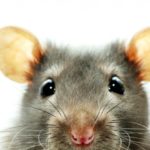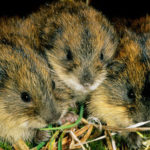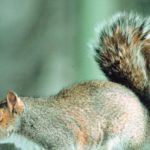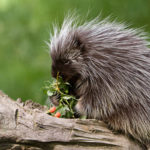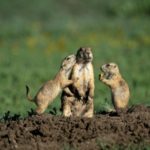Rodents
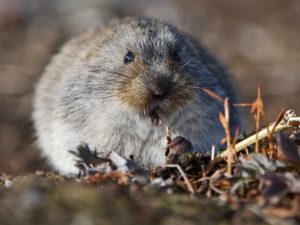 The essence of rodents is to bite – in Greek it is the verb rodere, hence the scientific name of the rodent detachment – Rodentia, and they bite – on the ground, underground, on trees and under water. Rodents are everywhere – in all landscapes, on all continents and islands, except Antarctica and Greenland.
The essence of rodents is to bite – in Greek it is the verb rodere, hence the scientific name of the rodent detachment – Rodentia, and they bite – on the ground, underground, on trees and under water. Rodents are everywhere – in all landscapes, on all continents and islands, except Antarctica and Greenland.
Several of their species traveled around the world in the holds of ships, populated new continents and the most remote oceanic islands for them.
In total, rodents number about 2000 species – more than a third of the diversity of the class of mammals. For the most part they are shallow, inconspicuous and hid underground, tearing the soil of the planet with many hundreds of thousands of kilometers of holes and holes. In a team with rodents, the moles and shrews loosen the soil of the planet.
They gnaw to eat, to make shelters, to plug rivers, finally, to grind their incisors that never stop growing. To grind food, they have a complex labyrinth of molars. Systematic scientists distinguish different families, genera, and species from these teeth, and paleontologists restore the appearance of the “gnawing” world of ancient landscapes from the teeth found in ancient sand. Because of the teeth – their structure and the number of incisors – the scientists separated from the rodents no less than “gnawing” hares, rabbits and pikas, placing the latter in a special detachment of hare-like ones.
These animals are only externally similar to mice, “inside” they have a lot different, and they do not eat seeds and stalks of grass, but insects and earthworms, for which they are called a detachment of insectivores. In this detachment there are also such amazing animals as hedgehogs and tenrecs, who once struck the imagination of zoologists no less than armadillos and anteaters.
At least five groups of rodents – mole rats, mole rats, mole rats, gophers, mole rats – have completely gone underground, where there is little to see, but it is not forbidden to hear and perceive odors and where there is not so much oxygen and sometimes there is not enough food. The most specialized of these diggers are mole rats. These are the most blind of rodents – in place of the eyes they have a thick hairy fold of skin and they do not dig the ground, but gnaw at it with their huge and forward incisors. Their whole life passes in the darkness of the dungeon at a depth of three meters from the surface. The mole rats inhabit the steppe landscapes in southern Europe from the Balkans to the Volga region, and in Central Asia they are replaced by zokors. The latter dig moles, using not teeth, but strong front legs with powerful claws. And they have eyes, albeit slightly blind.
Not all rodents went into the underworld and not all from the category of babies. Beavers, nutria and porcupines in the Old World, mars, viskachas, chinchillas and capybaras in the New are giants compared to mice, voles and hamsters. Beavers, nutria and muskrats spend most of their lives in water. Squirrels, flying squirrels, dormouse and wood porcupines live on trees.
